Every dog has an over-stimulated parent who Googles about everything dog related. Be it why my dog doesn’t sleep to why my dog hates broccolis? So we came up with the perfect Dog Care Guide to answer every dog parent’s concern. Enjoy your time with us as we take you through the guide.
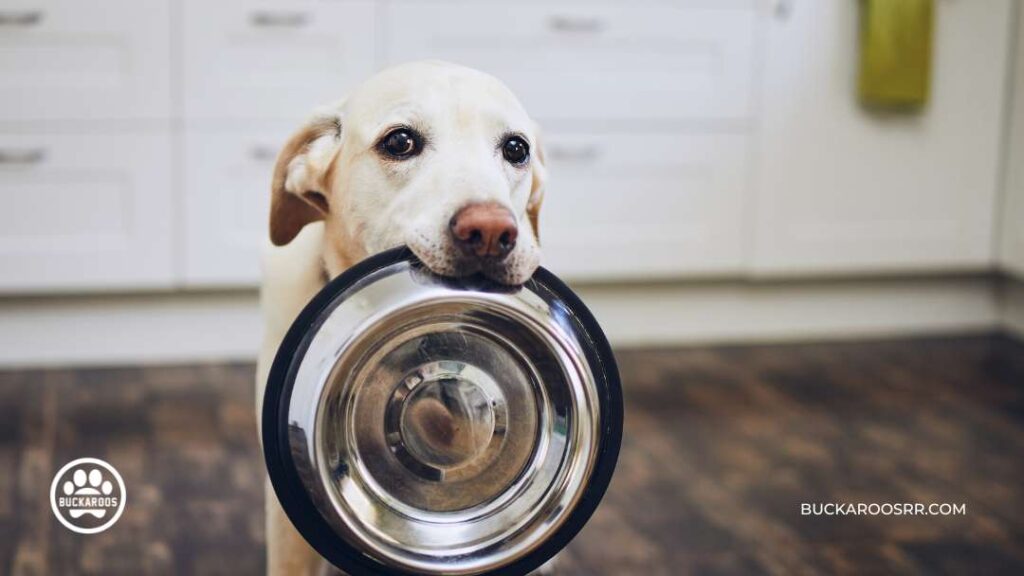
Dog Nutrition (Dog Care Guide)
Buying the right dog food today has become a huge task. There are thousands of brands that a dog parent can choose from. Instead of recommending or advertising a particular brand, we will help you identify the best brand for your pup. Dogs perform their best when they receive the best nutrients that are meant for them. As a dog parent, you should go after foods that provide your dog with the following nutrients-
- Protein- Dogs love food with protein. The recommended portion size for protein depends on your dog’s weight. It is advised to give a little less than one gram per pound per day of your dog’s weight. If your dog weighs 40 pounds you can give 35 grams of protein to them.
- Fats- Fat is a complementary nutrient for your dog but excess of it can lead to obesity. It helps your dog in the intake of the right vitamins and facilitates the growth of cells. It is needed for the production of hormones as well. The normal fat intake for a 40-pound dog would be 19 grams of fat per day.
- Carbohydrates- They help maintain your dog’s gut and sexual health. There isn’t a fixed ratio that needs to be given but there is a minimum glucose requirement that needs to be fulfilled to carry out tasks smoothly. 20% of your dog’s diet should be predominately carbohydrates.
- Vitamins- Microscopic amounts of vitamins can make your dog’s digestion and poop schedule better. It is advised to never give your dog vitamin supplements without a prescription. It can lead to poisoning.
- Minerals- Dogs need to have different types of minerals ranging from phosphorus to sulfur. They maintain the body’s fluids and constituents towards bone growth.
Now you know which foods to go after!!
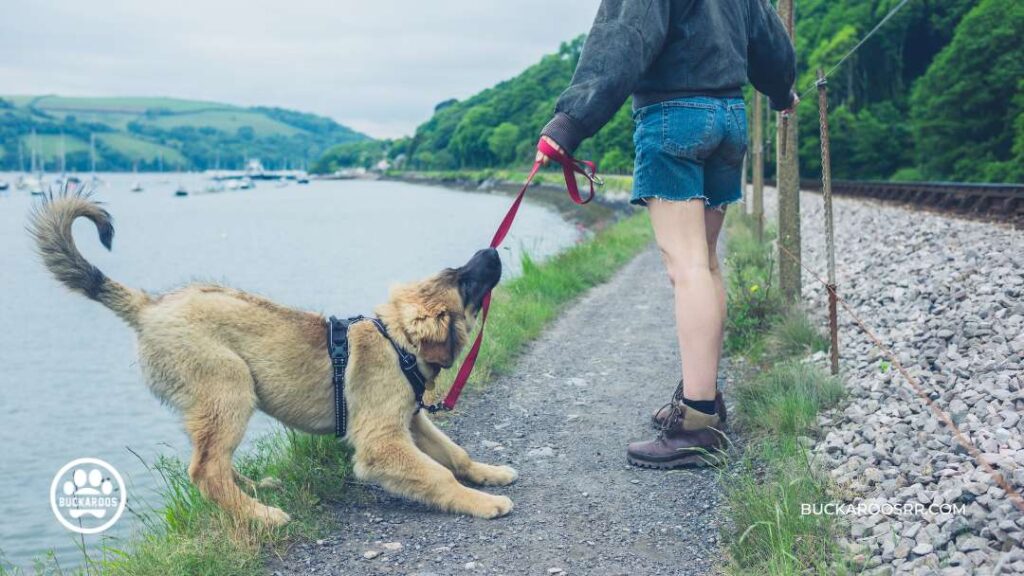
Dog Behavior (Dog Care Guide)
Dogs have finally become part of human society and have equal tantrums as us. They become angry, clingy, hungry, destructive, and sad sometimes. As a first-time dog owner, you might get confused when your dog suddenly starts to act differently. But with the right approach and some obedience training, you can control their behavior. Some common dog behavioral problems include-
- Barking– Danger brings out barking and it’s the most common behavioral problem in dogs. They can let it out either by howling, barking, or whining. Excessive barking can be controlled by teaching bark and quiet commands.
- Chewing- Dogs of all ages love to nibble on things, but it becomes excessive when they go through the toothing stage. This can be controlled by providing chew toys that help them relieve pain and stress, and dog-proofing your house.
- Mounting- Mounting or thrusting on other people, objects or dogs is a common dog behavior. It might mean that they are sexually excited or wish to dominate the other animal or object. If the behavior becomes excessive you can always consult a professional to help you.
Contact us for dog behaviour training
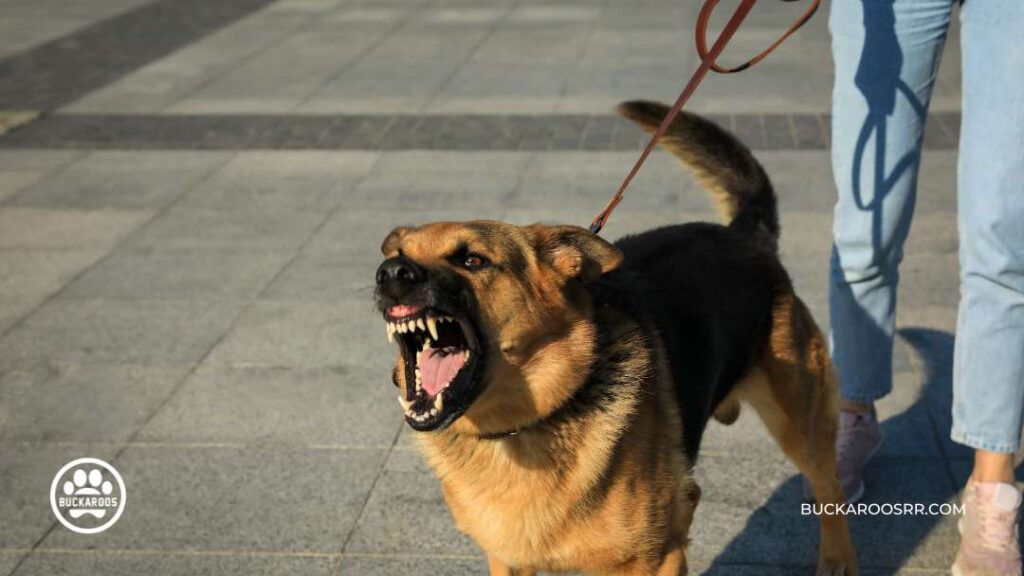
Dog Aggression (Dog Care Guide)
A common dog parent problem is uncontrolled dog aggression, and that’s when you need to consult professionals. This becomes an issue when you have kids or guests over. A dog can become aggressive because of many reasons and as a pet parent, you must understand the reason behind it. A dog might show possessive aggression, fear aggression, defensive aggression, etc. Successfully diagnosing the cause can help you resolve the problem quickly.
It is always better to take the help of professionals when needed. We at Buckaroos 360 have special programs dedicated to helping your dog out with aggression.
Many dog parents have a common question of whether aggression can be cured. Well, the simple answer is, it completely depends on the type of aggression your dog exhibits. Also, aggression can always be eliminated or minimized with constant training, but theirs no evidence that it can completely prohibit it.
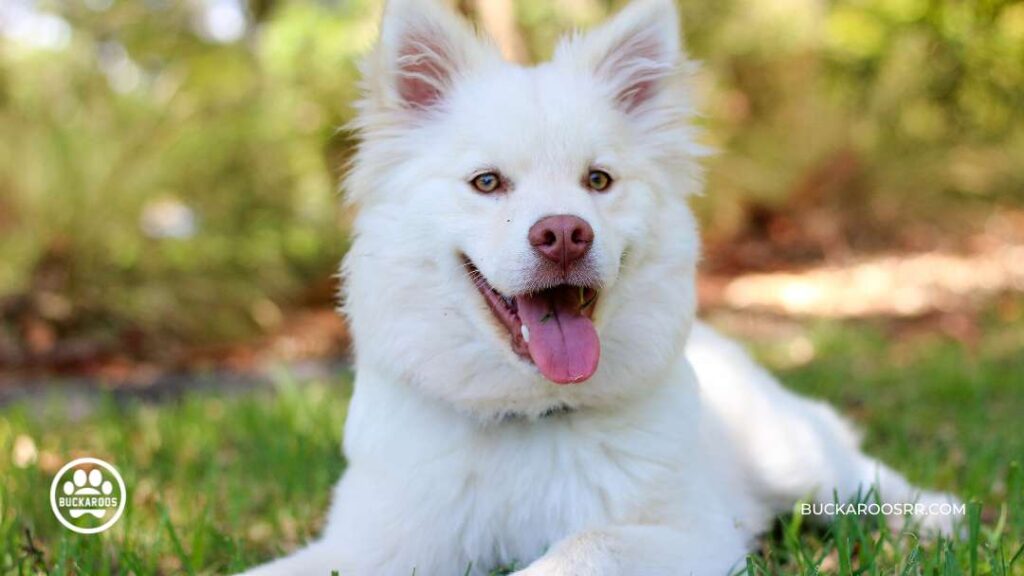
Dog Genetics (Dog Care Guide)
Did you know dogs only have two pigments to decide their actual fur color? They have eumelanin (black) and phaeomelanin (red) that mix in different ratios to determine your pup’s fur color, but the eumelanin (black) is more dominant of them all. When a dog breeds, both the male and the female release one allele and have a 50-50% possibility to pass on the genes to the pup. Apart from the whole dog genome that consists of 39 pairs of genes, only 8 genes have the composition to impact the fur color.
The genetic traits widely common in all dog breeds include hunting, predating, fear aggression, alertness, energy, and loyalty. Each trait exhibits different variations among different breeds and some have more or less of a particular one.
Today the American Kennel Club recognizes 155 dog breeds worldwide and this number keeps increasing yearly as new variations emerge.
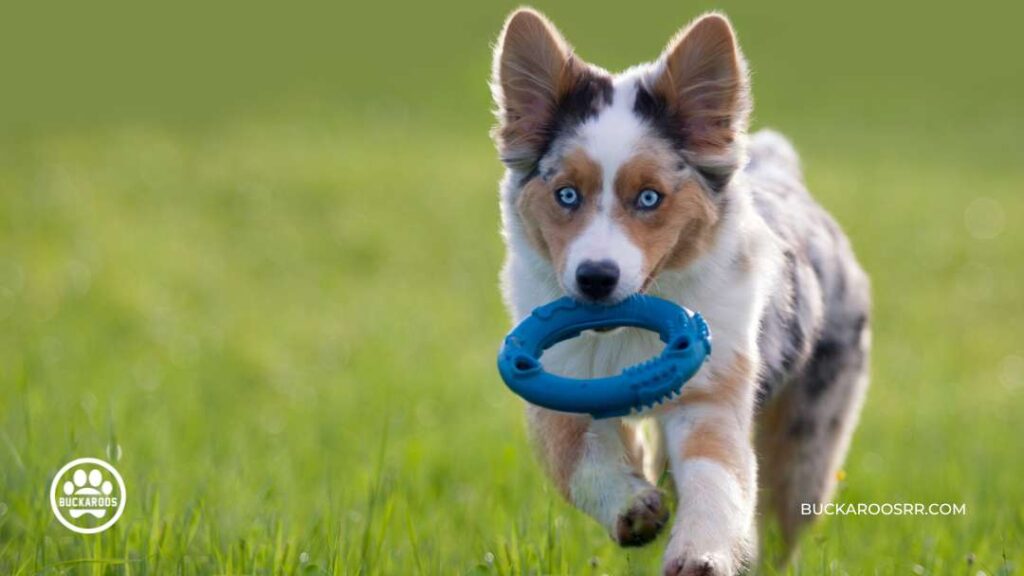
Dog Toys (Dog Care Guide)
Just like kids need enrichment activities, your furry friend also needs them to satisfy their emotional and physical needs. A dog’s primary form of play includes chasing, smelling, running, sniffing, digging, etc. Engaging your dog in activities and toys that fulfill these needs, maintains their equilibrium.
Toys play a huge role in releasing the dog’s hidden energy positively. You can sometimes DIY toys to entice them even more. Including food in your friend’s playtime will challenge their instincts and make them more attentive. Get dog toys at pawssie.com
Choosing the right toy for your dog can get demanding sometimes. When you wish to buy toys for your furry friend you should ensure-
- Safety- The size of your dog toy should be appropriate. Dog-proof your house by removing anything that can be chewed on and easily gulped down by your dog friend.
- Chew Bones- If you are planning to introduce rawhide chew toys, always consult with your veterinarian first. These toys can choke your dog thus choose its size appropriately.
- Rubber Toys- These toys are meant to satisfy your dog’s chewing instinct, so choose hard rubber toys. You can also go for rope toys if your dog is a dedicated chewer.
You can check out our store if you wish to buy your dog the right toy.
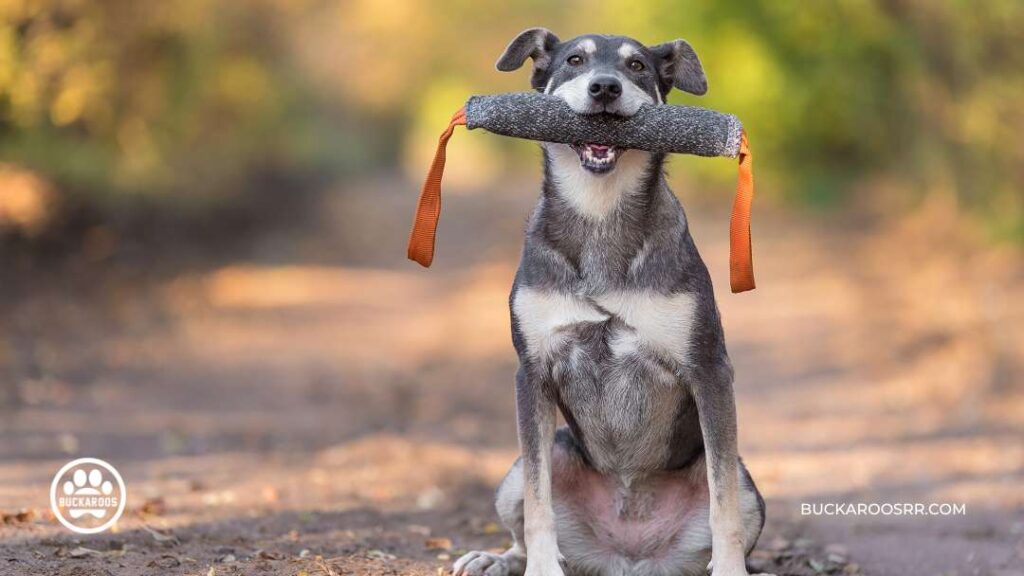
Dog Training (Dog Care Guide)
If you are a first-time dog owner, dog training can become mentally changeling. And if you have an aggressive breed, you might feel overwhelmed to train them. With this guide, you can get a clear picture. Professionals advise starting training your dog as soon it reaches 6 months.
You need to understand that dogs learn through positive reinforcement. Therefore, you should always reward them for positive behavior.
When you first start training your dog focus on obedience training. Here you teach them basic commands like sit, stay, eat, stop, etc. with small acts of socialization. You can either self-train them at home or contact Buckaroos for professional training.
Some important training that you need to teach your dog includes-
- Crate Training
- Potty Training
- Leash Training
- Socialization Training
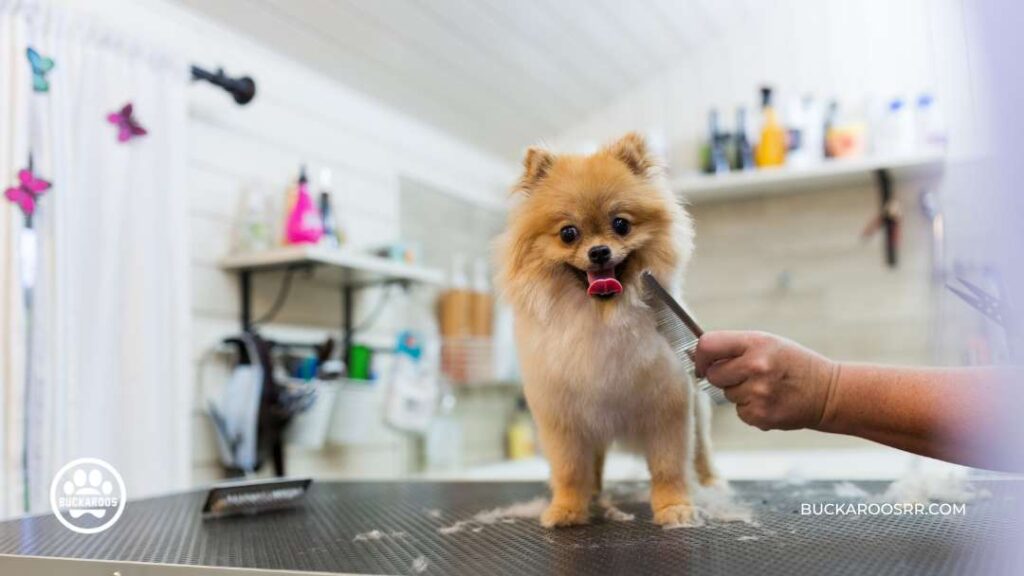
Dog Grooming (Dog Care Guide)
Dogs have their way of maintaining their long luscious fur, dangerous nails, and adorable teeth. But as a dog parent, you can help them smell good by bathing them every three months or so. This is only advised for healthy dogs who do not have any skin problems. Contact buckaroos for dog grooming
Your furry friend also needs regular combing to protect their fur and increase blood flow. This keeps their fur healthy, and dirt-free and avoids matting. It helps get rid of freshly transferred fleas from other dogs.
Your dog can also suffer from skin problems and they can get worse if kept unnoticed. If your dog keeps scratching or licking excessively, this might indicate something. Taking them to a veterinarian should be your first option.
You can keep your dog’s teeth healthy by regularly brushing them and giving them rawhide chew toys. This maintains their gum health and protects their teeth from developing tartar or causing gingivitis.
You need to trim your dog’s nails from early on to avoid damaging the live tissue. Just clip along the tip of the nail.
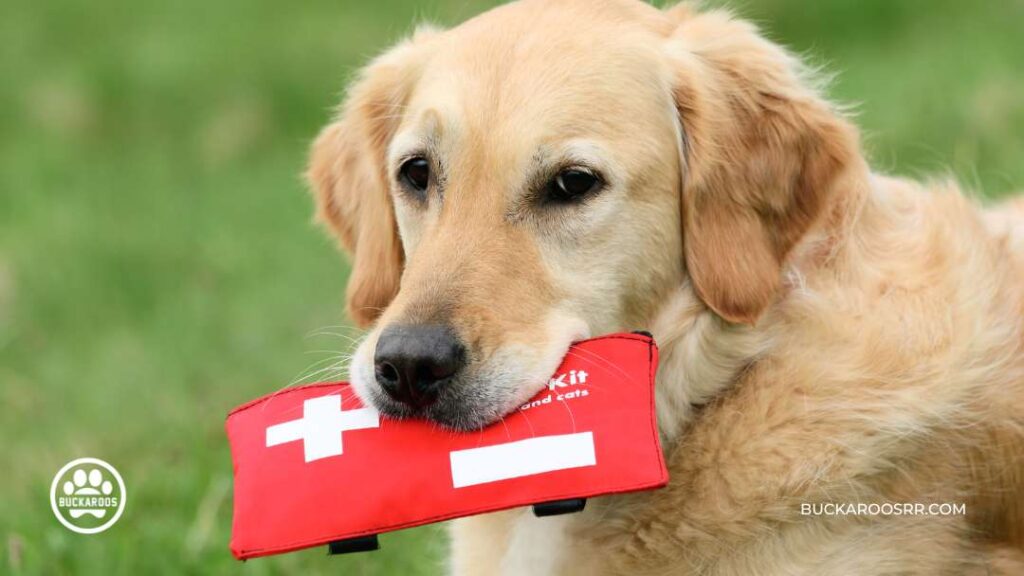
Dog First Aid (Dog Care Guide)
As a pet parent, you should always carry your dog’s first aid kit and should learn first aid training for your dog as emergencies can come at any time. Things you need to include in your dog’s first aid kit are-
- Surgical Gauze- This is a lightweight thin netted fabric that can be used to cover your dog’s injuries. They prevent infection and give relief to your dog.
- Non-stick Dressing- Also called bandages, are non-adhesive and widely used to cover open wounds. They do not stick to your dog’s fur and allow easy removal after use.
- Cotton Balls- This needs to be in every possible kit out there. Cotton absorbs blood or pus to keep the area dry thus avoiding infections.
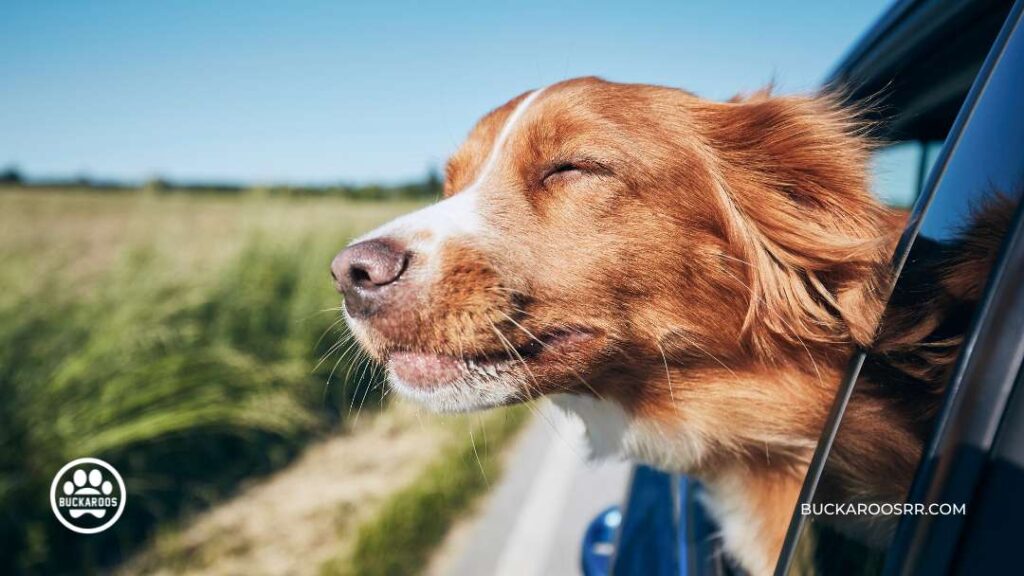
Dog Travel Guide (Dog Care Guide)
Traveling can be fun when you have your four-legged friend accompanying you. Yet it can be quite stressful for them. With continuous traveling and prolonged socialization, dogs can get irritated easily. With our guide, we wish to make traveling with dogs easier for you.
- Vaccine and Medical Records- When you are traveling with your four-legged creature, every security check will ask about your dog’s vaccine and medical records. This makes overseas and interstate travel much easier, so keep them handy when you’re traveling next time.
- Microchip- As your pet visits new locations, they might wander away to explore more. Thus keeping their ID tags and microchips updated will help. Add your current location to the ID tags to make the detection process easier.
- Carry Essentials- As dogs, they need distractions to stay calm, so carrying their food, treats, and toys can keep them busy. Treats will also help the dog to befriend the new location. Carry medications to ease them. You would also need to carry their lease and keep it on to avoid them from escaping.
- Potty Schedule- While traveling dogs usually don’t poop or pee often, but it’s best to learn beforehand where they can get loose during the journey. Take your pet to dog-safe hotels so they aren’t disturbed. If you are traveling by flight, know where your dog can pass before and after the journey.
- Carry Water- While traveling your dog may palpate a lot which can lead to water loss. To keep them hydrated carry enough water. Carry a bowl or pup bowl bottle for easy accessibility.
To Conclude
Caring for your dog will never feel like a task because they are adorable and they deserve it. That’s the reason why you kept reading till here!!
Guides can help you know how to care for your dog but you should always consult your veterinarian first. They will guide you the best according to your dog’s breed and size.





